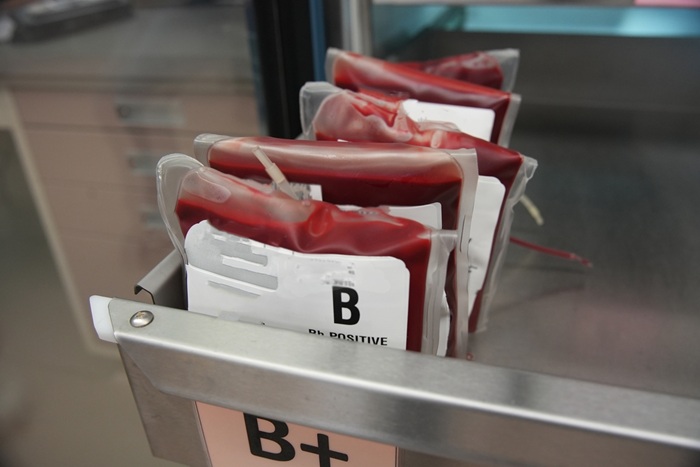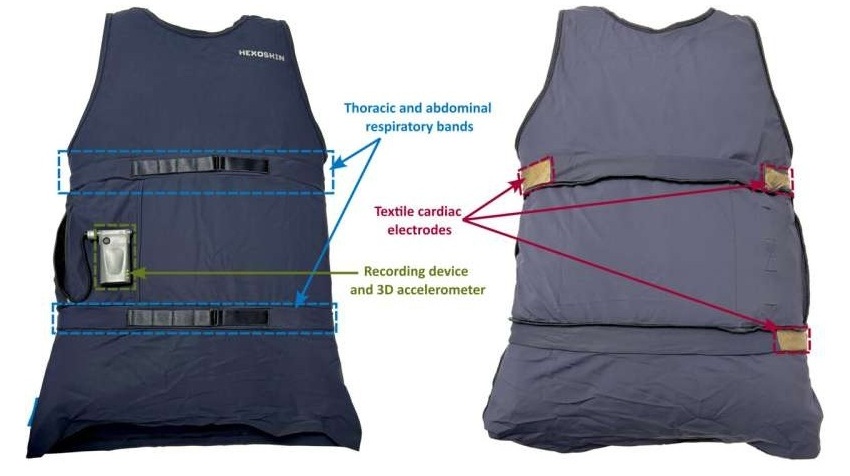Human Physicians Outperform Diagnostic Apps by Wide Margin
|
By HospiMedica International staff writers Posted on 26 Oct 2016 |
Doctor’s diagnoses remain vastly superior to those of 23 commonly used symptom-checker apps, according to a new study.
Researchers at Harvard Medical School (HMS; Boston, MA, USA), the Human Diagnosis Project (Washington, DC, USA), and other institutions conducted a study in which 234 internal medicine physicians evaluated 45 clinical cases of both common and uncommon conditions, with varying degrees of severity. For each scenario, the physicians had to identify the most likely diagnosis along with two additional possible diagnoses. Each clinical vignette was solved by at least 20 physicians.
The researchers then compared the diagnostic accuracy of the physicians with computer algorithm symptom checker applications. The results showed that the physicians outperformed the symptom-checker apps, listing the correct diagnosis first 72% of the time, compared with 34% of the time for the digital platforms. In addition, 84% of clinicians listed the correct diagnosis in the top three possibilities, compared with 51% for the digital symptom-checkers.
The difference between physician and computer app performance was most dramatic in more severe and less common conditions; it was smaller for less acute and more common illnesses. But despite outperforming the apps by a wide margin, physicians still made errors in about 15% of cases. According to the researchers, developing computer-based algorithms to be used in conjunction with human decision-making may help further reduce diagnostic errors. The study was published on October 10, 2016, in JAMA Internal Medicine.
“While the computer programs were clearly inferior to physicians in terms of diagnostic accuracy, it will be critical to study future generations of computer programs that may be more accurate,” said senior author associate professor of health care policy Ateev Mehrotra, PhD, of HMS. “Clinical diagnosis is currently as much art as it is science, but there is great promise for technology to help augment clinical diagnoses. That is the true value proposition of these tools.”
Related Links:
Harvard Medical School
Human Diagnosis Project
Researchers at Harvard Medical School (HMS; Boston, MA, USA), the Human Diagnosis Project (Washington, DC, USA), and other institutions conducted a study in which 234 internal medicine physicians evaluated 45 clinical cases of both common and uncommon conditions, with varying degrees of severity. For each scenario, the physicians had to identify the most likely diagnosis along with two additional possible diagnoses. Each clinical vignette was solved by at least 20 physicians.
The researchers then compared the diagnostic accuracy of the physicians with computer algorithm symptom checker applications. The results showed that the physicians outperformed the symptom-checker apps, listing the correct diagnosis first 72% of the time, compared with 34% of the time for the digital platforms. In addition, 84% of clinicians listed the correct diagnosis in the top three possibilities, compared with 51% for the digital symptom-checkers.
The difference between physician and computer app performance was most dramatic in more severe and less common conditions; it was smaller for less acute and more common illnesses. But despite outperforming the apps by a wide margin, physicians still made errors in about 15% of cases. According to the researchers, developing computer-based algorithms to be used in conjunction with human decision-making may help further reduce diagnostic errors. The study was published on October 10, 2016, in JAMA Internal Medicine.
“While the computer programs were clearly inferior to physicians in terms of diagnostic accuracy, it will be critical to study future generations of computer programs that may be more accurate,” said senior author associate professor of health care policy Ateev Mehrotra, PhD, of HMS. “Clinical diagnosis is currently as much art as it is science, but there is great promise for technology to help augment clinical diagnoses. That is the true value proposition of these tools.”
Related Links:
Harvard Medical School
Human Diagnosis Project
Channels
Critical Care
view channel
Earlier Blood Transfusion Could Reduce Heart Failure and Arrhythmia in Heart Disease Patients
Blood loss during or after surgery can place significant stress on people with heart disease, increasing the risk of dangerous complications. Transfusions are often delayed until hemoglobin levels fall... Read more
'Smart' Shirt Detects Epileptic Seizures in Real Time
Epilepsy affects roughly one in every 100 people worldwide, causing seizures that can range from subtle episodes to severe convulsions and loss of consciousness. These events arise from excessive electrical... Read moreSurgical Techniques
view channelAblation Reduces Stroke Risk Associated with Atrial Fibrillation
Atrial fibrillation (AFib) greatly increases the risk of stroke, blood clots, heart failure, and death, and millions of people in the U.S. are expected to be affected in the coming years.... Read more
Optical Tracking Method Identifies Target Areas in Robot-Assisted Neurosurgery
Epilepsy occurs when nerve cells misfire and produce uncontrolled electrical bursts in the brain, leading to seizures. While most patients respond to medication, about 30% require more advanced intervention.... Read morePatient Care
view channel
Revolutionary Automatic IV-Line Flushing Device to Enhance Infusion Care
More than 80% of in-hospital patients receive intravenous (IV) therapy. Every dose of IV medicine delivered in a small volume (<250 mL) infusion bag should be followed by subsequent flushing to ensure... Read more
VR Training Tool Combats Contamination of Portable Medical Equipment
Healthcare-associated infections (HAIs) impact one in every 31 patients, cause nearly 100,000 deaths each year, and cost USD 28.4 billion in direct medical expenses. Notably, up to 75% of these infections... Read more
Portable Biosensor Platform to Reduce Hospital-Acquired Infections
Approximately 4 million patients in the European Union acquire healthcare-associated infections (HAIs) or nosocomial infections each year, with around 37,000 deaths directly resulting from these infections,... Read moreFirst-Of-Its-Kind Portable Germicidal Light Technology Disinfects High-Touch Clinical Surfaces in Seconds
Reducing healthcare-acquired infections (HAIs) remains a pressing issue within global healthcare systems. In the United States alone, 1.7 million patients contract HAIs annually, leading to approximately... Read moreBusiness
view channel
Philips and Masimo Partner to Advance Patient Monitoring Measurement Technologies
Royal Philips (Amsterdam, Netherlands) and Masimo (Irvine, California, USA) have renewed their multi-year strategic collaboration, combining Philips’ expertise in patient monitoring with Masimo’s noninvasive... Read more
B. Braun Acquires Digital Microsurgery Company True Digital Surgery
The high-end microsurgery market in neurosurgery, spine, and ENT is undergoing a significant transformation. Traditional analog microscopes are giving way to digital exoscopes, which provide improved visualization,... Read more
CMEF 2025 to Promote Holistic and High-Quality Development of Medical and Health Industry
The 92nd China International Medical Equipment Fair (CMEF 2025) Autumn Exhibition is scheduled to be held from September 26 to 29 at the China Import and Export Fair Complex (Canton Fair Complex) in Guangzhou.... Read more













